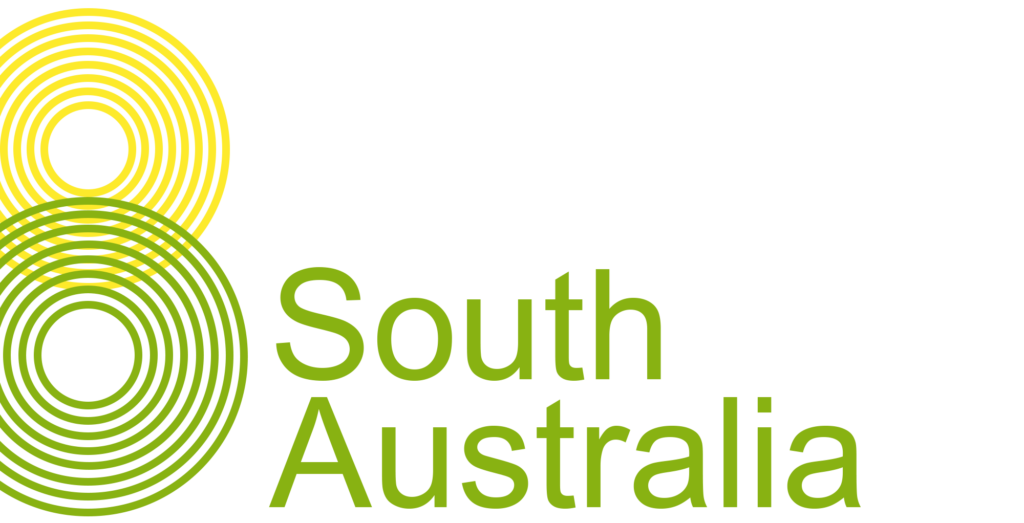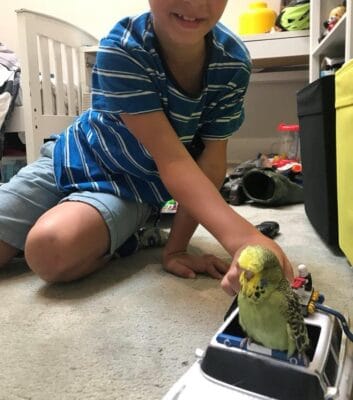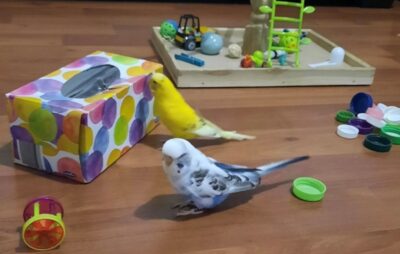
Budgerigars – Australia’s Native Birds
A Pet Owner’s Manual | Budgerigars
Given its appeal, it’s no surprise that the budgerigars rank among the most beloved pets globally, coming in just below dogs and cats. To that point, many people find the budgerigar, a small and cost-effective bird, incredibly captivating, primarily because it mimics human speech with the right training. As a companion, birds present an incredibly economical alternative to more traditional pets like cats and dogs, yet still offer a significant level of interaction.
Interestingly, the term “Budgerigar” originates from the Aboriginal language name “Betcherrygah,” which people believe means “good food.” However, it’s still a debate whether this pertains to the bird itself as a delectable treat or whether their seed-seeking migrations signaled abundant food sources. Here’s what you should know about budgerigar birds:

Diet of a Budgerigar
While a budgie is relatively inexpensive to care for due to their size, it’s essential to understand that, contrary to popular belief, a diet of only seeds isn’t ideal for them. In fact, most veterinarians recommend a balanced diet that incorporates fresh fruits and vegetables, like leafy greens. Ideally, budgerigars should consume a mix of seeds, veggies, and limited fruit portions. It’s always best to transition them to a high-quality budgerigar mix, similar to their previous diet. Furthermore, since budgerigars tend to leave empty husks on top of their seed dish, it becomes essential to monitor and clean their food containers daily.
In terms of treats, millet sprays are fine in moderation. For dietary variety, you can also introduce honey bells and seed bars occasionally. Cuttlefish, mineral blocks, and limited fresh greens also benefit their health, ensuring they get nutrients potentially missing from their seed-based diet.
Budgerigars as Part of the Parrot Family
Originating from Australia, budgerigars are the most common type of parakeet. However, it’s worth noting that there’s a wide variety of parakeet species, each differing in size, shape, and color. For instance, while the Indian ringneck parakeet can reach up to 16 inches from head to tail, budgerigars are considerably smaller. Therefore, it’s more precise to refer to these birds by their specific names, or scientific name Melopsittacus undulatus.
Exhibition Vs. Wild, Traditional Budgerigars
Interestingly, though many believe there are two distinct budgerigar types, they both trace back to the same roots. While the traditional Budgerigar remains native to Australia, the larger English variant is a descendant, specifically bred for shows. These two might seem different upon comparison, but they share a common lineage. Gould brought the budgerigar to the UK in the 1840s. During the World Wars, it became impossible to import budgies, so the English bred with the stock they had, thereby forming a closed colony of birds. English Budgies have charmed exhibition budgerigar aficionados worldwide due to their beautiful colours and graceful form.
Colors of Budgerigars
Typically, wild budgerigars are yellow/green. However, breeders exclusively bred all other color variants, like blue or white, in captivity. Many believe that several mutations occurred in the wild; however, these abnormally looking birds stood out to predators in large flocks and disappeared quickly. The exception to this is the Opaline, one variety that trappers originally identified in 1933 in some green-form wild birds.
Talking Budgies
There’s no guaranteed formula for a budgerigar to “speak,” yet these birds often possess clearer articulation and more extensive vocabularies than some larger parrot species. For those interested in a talking parrot without prior bird experience, budgerigars are a perfect starting point. Hand-taming a budgerigar requires patience. It’s essential to create a bond and familiarize the bird with your presence gradually. Once your budgerigar becomes comfortable, you can start letting it perch on your finger. To that end, ensure to take care of potential hazards like open windows or unguarded fireplaces.

Cages & Toys
Ensure any cage you choose is of a suitable size for your pet. Also, make sure it can accommodate some activity items without compromising the exercise space for your bird. Generally, bigger cages offer better exercise opportunities.
You should provide budgerigars with a large cage that allows ample movement and exercise. They also need toys and perches to stay engaged and active. Before bringing a budgerigar home, think about whether your home can accommodate the cage and its accessories. Place the cage in an area of your home without draughts and away from direct sunlight.
Don’t introduce toys into your budgerigar’s cage immediately as he settles in. Introduce them slowly, starting with a small toy and then moving to toys that enrich the environment. Instead of overcrowding the cage with toys, rotate them regularly to give your bird variety. If everyone in your household is out at work daily, another budgerigar might be the best ‘toy’. However, ensure your cage can comfortably fit both. These small birds are naturally social and appreciate the companionship of their species.
Bathing
Feather diseases can develop if feathers get too dry due to the absence of regular baths, so give your bird a small bath frequently. Alternatively, you can gently mist or spray the bird in the morning, ensuring he has ample time to dry before settling in for the evening. Some budgerigars enjoy baths, while others don’t.
Health
Proper care ensures a long and happy life for your pet, but they can still face illnesses, the most common being diarrhea and wheezing. If your pet seems listless, with fluffed up feathers and perhaps wheezing, keep him warm. Overconsumption of “green food,” moldy seeds, or food contaminated by mice or insects can cause diarrhea. If this issue continues, reach out to your local avian vet.
Especially if you give your birds branches that might carry feces from wild birds outdoors, remember to worm your birds. Administer worming medicine every three months. Another potential problem is parasitic mites. These mites drink your budgerigar’s blood and might appear as small red spots on perches where they rest during the day. You can easily treat them with products like Exzolt and Moxidectin.
Determining The Age of Your Budgie
Use several methods to determine the age of your budgerigars. If its head “bars” extend all the way down to its beak, your bird is likely three to four months old. Look at its beak colors: a dark or even black beak means your budgerigars are younger than 12 weeks. Then, check the bird’s eyes: if they are black with no visible irises, your bird is more likely under five months old. If you see a white iris ring, your budgerigars are at least eight months old. However, remember that dark-eyed clears and recessive pied’s never develop an iris ring.
All Things Budgerigars in South Australia
In South Australia, the BCSA oversees all budgerigar related matters. It is the governing body reporting to the Australian National Budgerigar Council. If you are interested in getting a budgie as a pet or in an aviary, contact the BCSA for more information. These birds make wonderful pets and are sure to bring joy to any home. Exhibition budgies also make a fantastic hobby for enthusiasts.
For more details on budgerigar care, breeding, and shows, visit the BCSA website or follow us on social media. And remember, whether you are a first time budgie owner or a seasoned breeder, the Budgerigar Council of South Australia is here to help with all your budgie needs.

